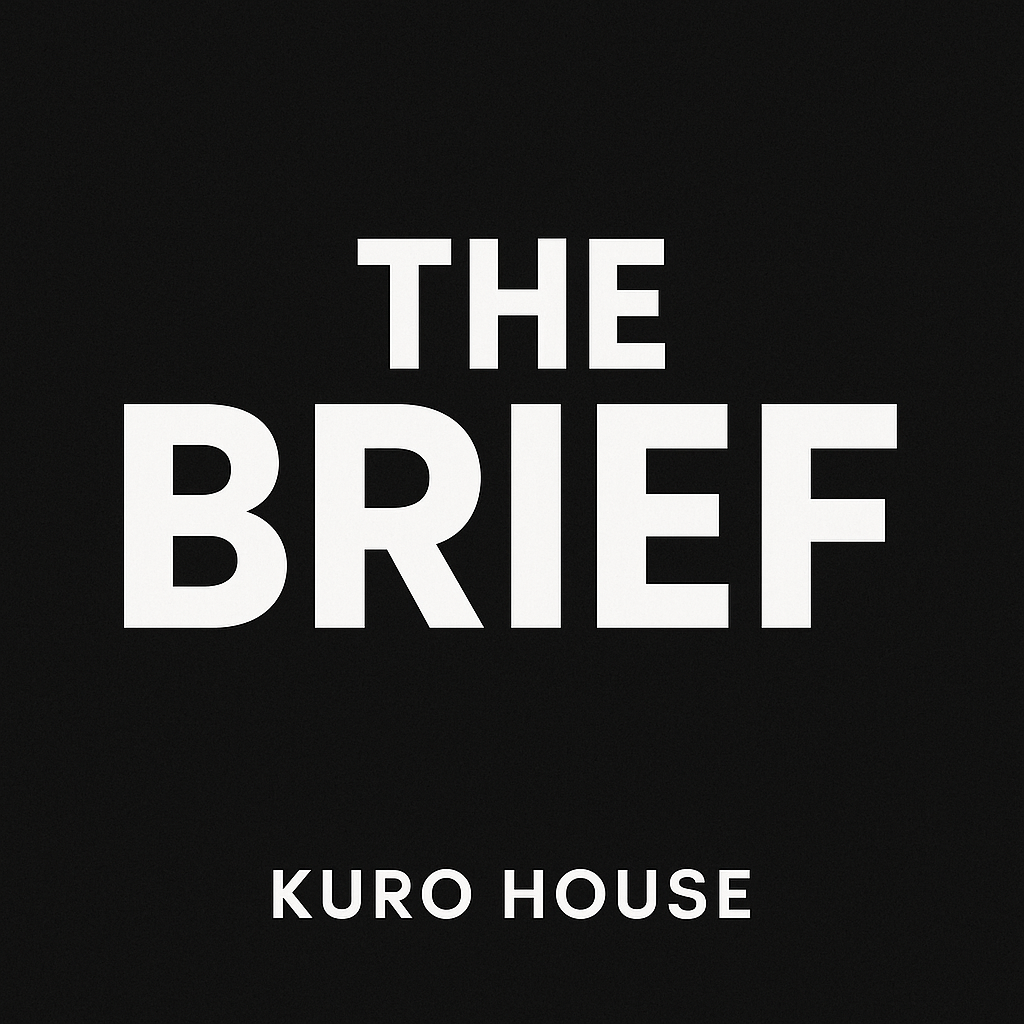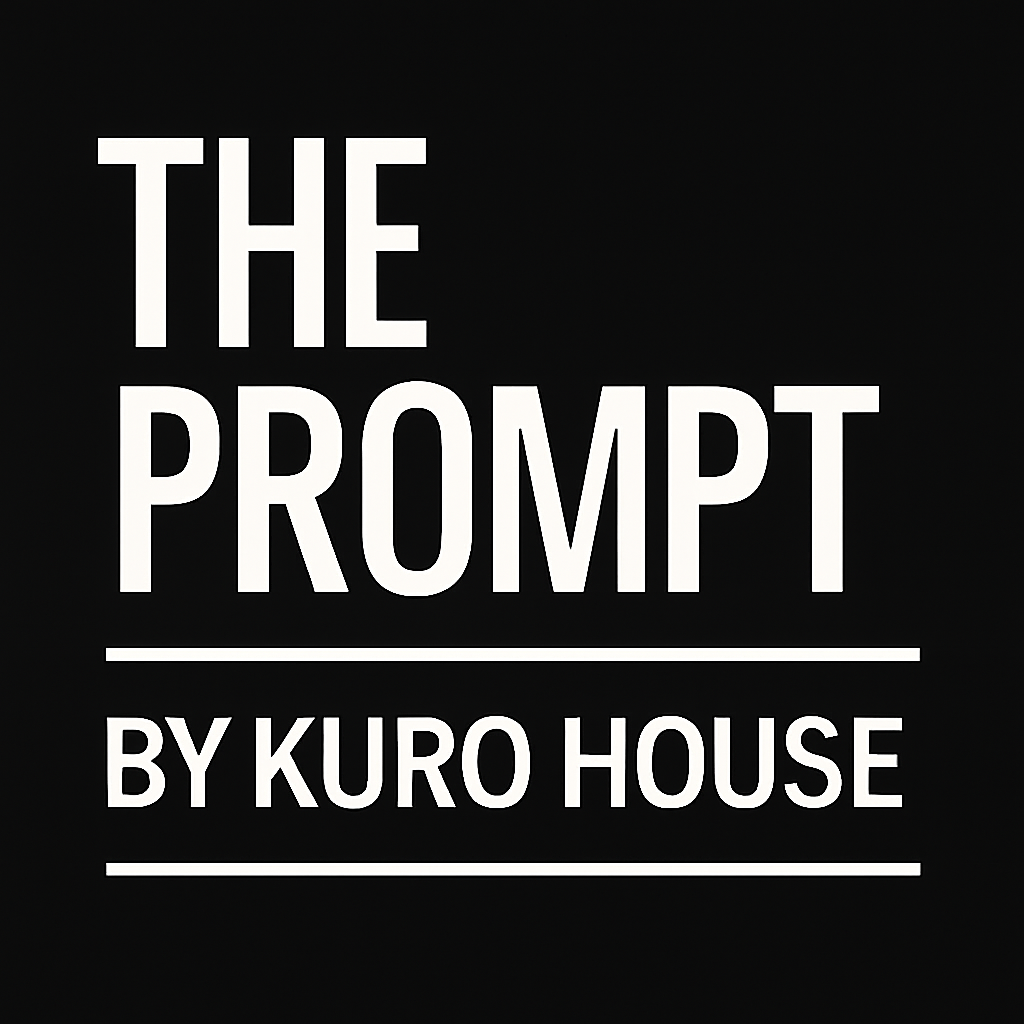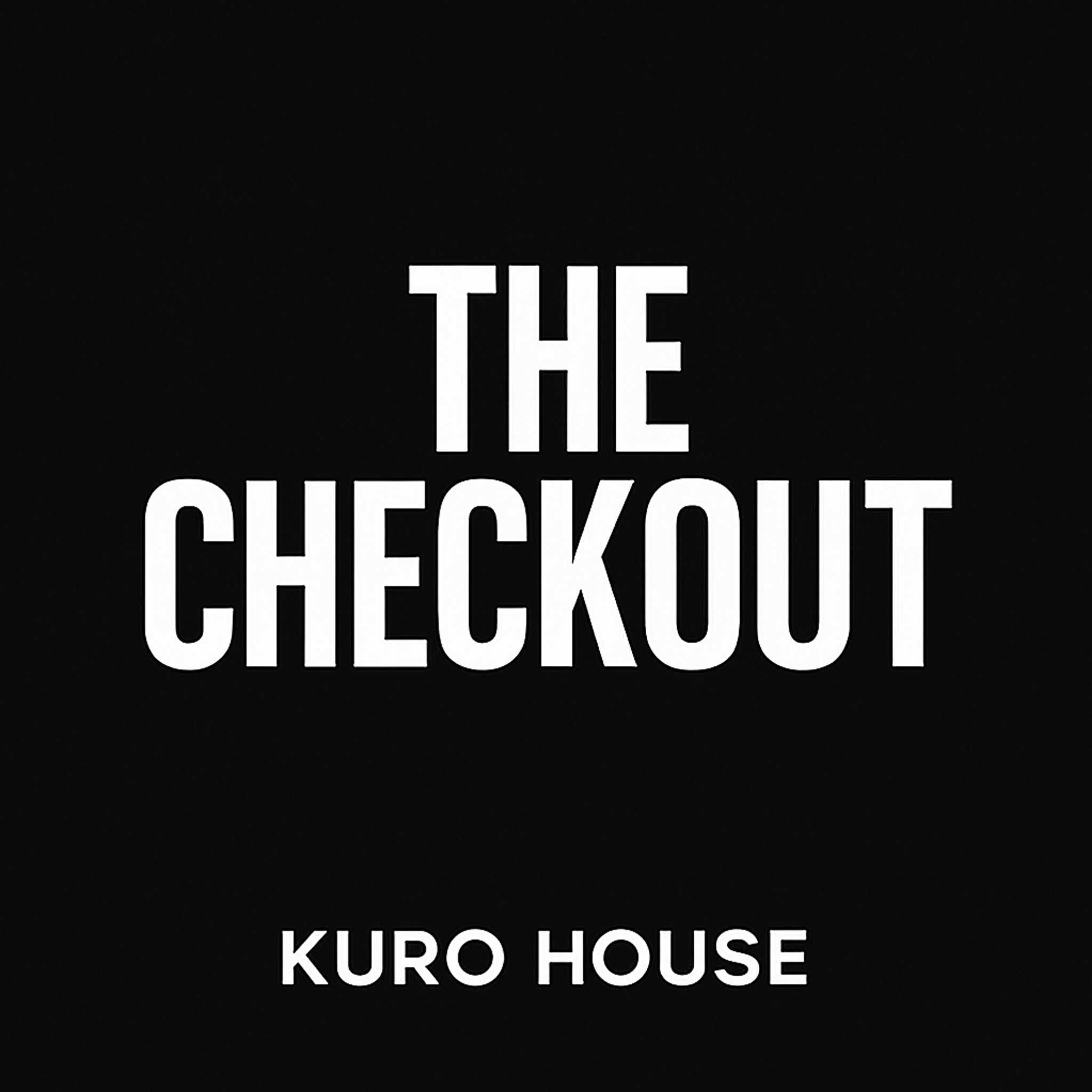Listen To The Show
Transcript
Welcome to The Brief by Kuro House, your daily dose of marketing intelligence. Today, we’re diving into a mix of stories that are shaping the business, tech, and entertainment worlds—from OpenAI’s bold adtech ambitions, to the ongoing late-night TV drama that’s making waves across the U.S., and a masterclass in event branding from the Australian Open. Let’s get into the details.
First up, from Adweek, OpenAI is signaling a major shift in its approach to marketing and advertising. The company is hiring for a Growth Paid Marketing Platform Engineer—a role that would build the backbone of OpenAI’s own ad infrastructure for ChatGPT. This isn’t just about running a few digital campaigns; this engineer will be responsible for developing internal tools for ad platform integration, campaign management, real-time attribution, and more. The job post describes this as “foundational MarTech infrastructure,” meaning OpenAI wants to control and automate its marketing investments, rather than rely on agencies or third-party tools. This is a rare move in the tech world outside of giants like Google, Meta, or Amazon. The timing is notable, too—OpenAI’s CEO of Applications, Fidji Simo (formerly of Instacart), is reportedly meeting with candidates to lead a team dedicated to bringing ads directly to ChatGPT. If OpenAI can pull this off, industry insiders say it could eventually offer a self-serve ad platform for brands, potentially bypassing agencies altogether. This all comes as OpenAI continues to ramp up its for-profit ambitions, with usage of ChatGPT soaring to 700 million weekly active users and the company moving toward a public benefit corporation structure. The bottom line: OpenAI is laying the groundwork not just to market itself more efficiently, but to become a new player in the digital advertising ecosystem.
Staying with Adweek, let’s talk about the late-night TV saga dubbed “Kimmelgate.” Jimmy Kimmel Live! was abruptly pulled from 63 affiliate stations owned by Sinclair and Nexstar, a move that’s part of a much larger battle between broadcasters, the FCC, and Disney (ABC’s parent company). The roots of this drama are tangled: it may trace back to political tensions at the FCC, but more concretely, it’s about ongoing lawsuits and regulatory maneuvering. ABC recently settled a lawsuit with former President Trump for $15 million, setting a precedent for other news outlets facing legal pressure. Now, Nexstar is in the midst of a $6.2 billion merger with Tegna, which would push its reach to 80% of U.S. households—well above the FCC’s 39% cap. The FCC’s approval is crucial, and Nexstar’s decision to preempt Kimmel came just after an FCC chair publicly suggested such action over controversial remarks made on the show. Disney, meanwhile, is juggling its own regulatory hurdles, including a major deal with the NFL and a planned acquisition of a 70% stake in Fubo. All of this is happening as linear TV viewership declines and streaming rises, raising big questions about the future of TV, the power of affiliate networks, and how much leverage companies like Disney will have as the landscape shifts.
But here’s the kicker: despite being blacked out in 23% of U.S. households, Jimmy Kimmel’s return to ABC this week pulled in 6.26 million viewers, according to Nielsen. That’s more than double the average viewership of Stephen Colbert’s Late Show last season, and it’s the highest 18-49 demo rating for Kimmel in a decade. And that’s not even counting streaming or the 26 million views his monologue racked up on YouTube and social platforms. This surge in viewership is a testament to the power of controversy and scarcity—Kimmel’s absence drove curiosity and demand, and his on-air explanation of the situation only fueled more attention. Nexstar, for its part, says it’s in “productive discussions” with Disney but is still preempting the show, as it seeks FCC approval for its big merger. The takeaway: linear TV may be shrinking, but it can still deliver massive, culture-shaping moments—especially when the usual rules are disrupted.
Switching gears, let’s head to the world of sports marketing with a fascinating piece from Digiday. The Australian Open, under CEO Craig Tiley, has transformed itself from a routine tennis tournament into a “bucket list event” and cultural phenomenon. Tiley’s strategy? Festivalize the experience. The Open now spans three weeks, features over 80 bands, top-tier food experiences, and is even adding a beauty and wellness pillar this year. The goal is to make the event 50% different every year, ensuring that repeat visitors always have something new to experience. The Open has also shifted its brand partnerships from mostly Australian companies to global heavyweights like New Balance, Marriott, Mastercard, Chubb, and Mars. Prize money has soared to over $120 million, attracting top talent and making the Open the most-attended Grand Slam, with 1.2 million fans through the gates this year. The Open is also actively courting American fans—hosting wild card games and fan events across the U.S., and leveraging partnerships with ESPN and tennis legends like Roger Federer. The result? The Australian Open is no longer just a sporting event; it’s a global entertainment destination, and a model for how rights-holders can build cultural cachet and commercial value well beyond the court.
That wraps up today’s Brief. From OpenAI’s bold foray into adtech, to the high-stakes chess game between TV networks and regulators, to the Australian Open’s masterclass in brand experience, it’s clear that the worlds of media, tech, and marketing are more intertwined—and more dynamic—than ever. Thanks for tuning in, and remember: staying sharp means never standing still. See you next time.


